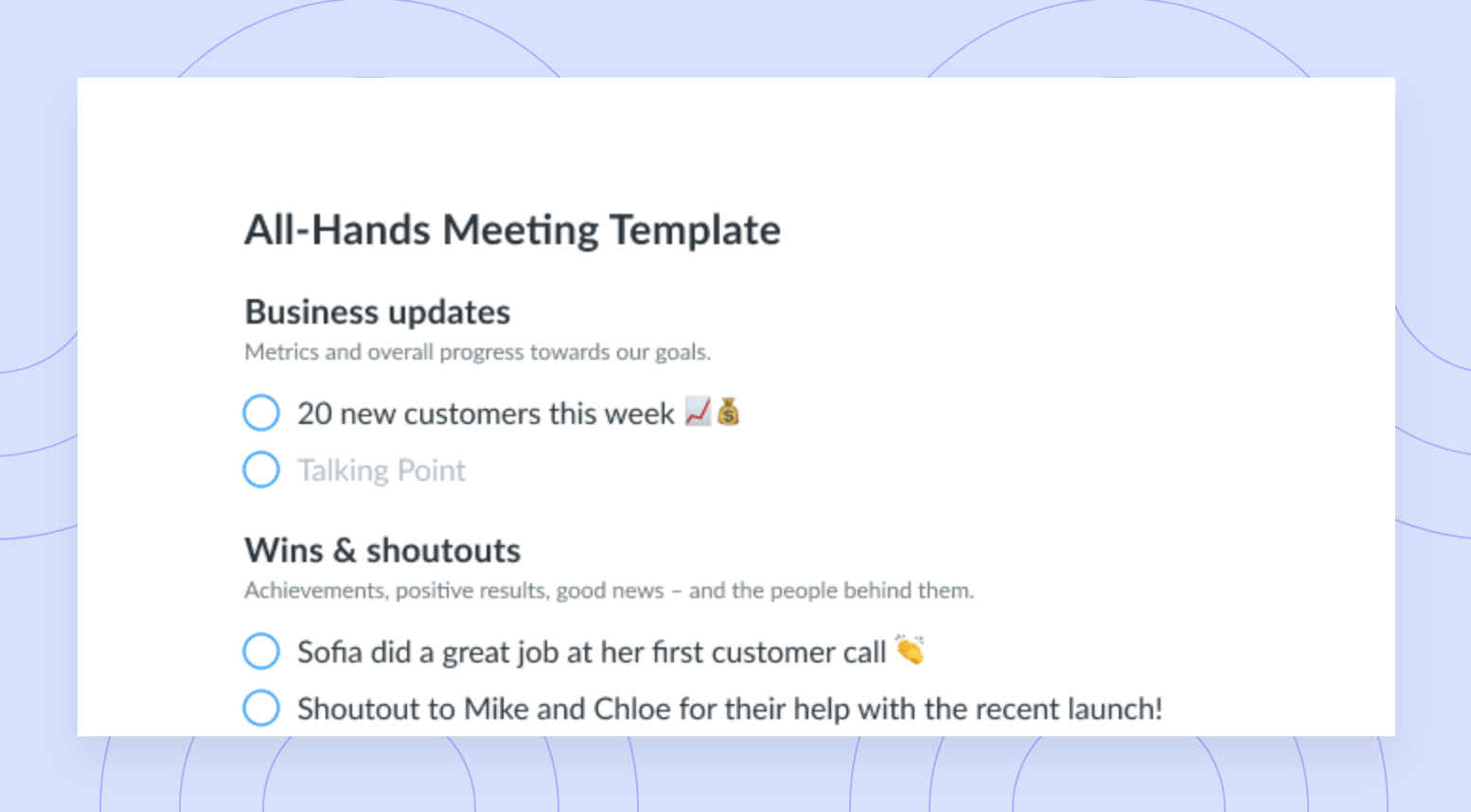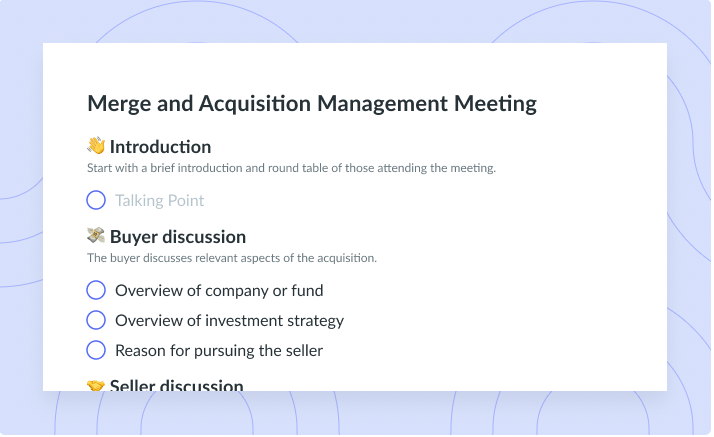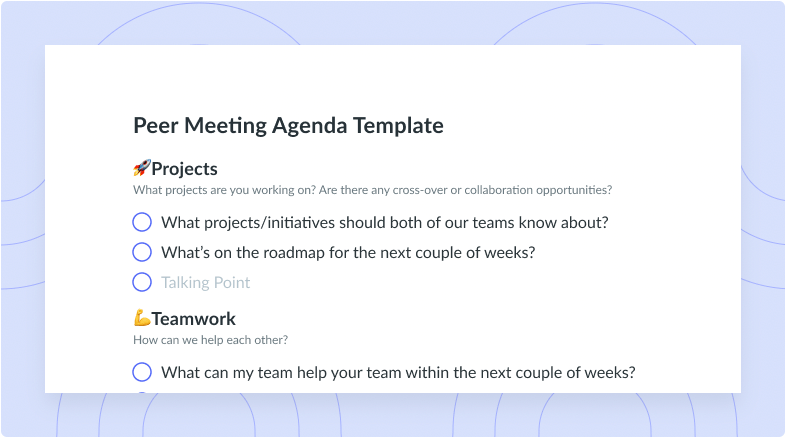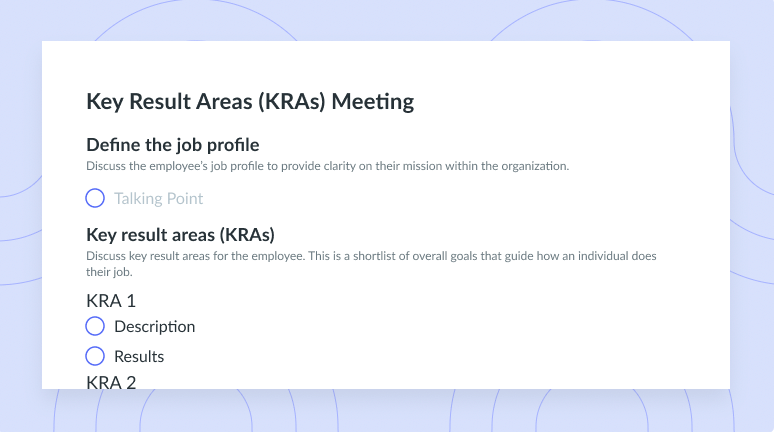How to Reduce Employee Turnover: 14 Helpful Tips
It’s always hard to lose great team members. Here’s how to keep your team happy at your organization and reduce employee turnover.
Hiring and training new team members just for them to leave within a year can hurt a bit. You put all this time into getting them up to speed, and now they’re not here. But your organization can easily cut down on this employee turnover, and better connect with your current employees. In fact, the most successful organizations acknowledge and value each of their team members and take the initiative to keep them around. Read on for 14 tips on how to reduce employee turnover.
What is employee turnover?
Employee turnover, also known as employee turnover rate, is the number of employees who leave your organization within a certain timeframe. Most organizations measure it yearly. It can include your organization’s total number of team members and your departments’ team member changes.

Reduce Employee Turnover by increasing productivity
Level up your meeting habits to boost engagement and employee productivity with a collaborative meeting agenda. Try a tool like Fellow!

14 tips on reducing employee turnover
You can reduce employee turnover through proper training, great benefits, and strong manager-team relationships. Here are 14 tips on how to reduce employee turnover at your organization.
- Hire for personality
- Take employee retention steps on the first day
- Lay out a clear career path
- Recognize and appreciate your team members
- Encourage work-life balance
- Design learning programs
- Offer more flexibility
- Offer a competitive salary
- Focus on soft skills
- Look out for toxicity
- Increase employee engagement
- Prioritize performance reviews
- Look at your previous turnover rates
- Conduct exit interviews
1Hire for personality
Job candidates with the right skill sets are one thing. Finding someone with the right personality to align with you and your team is another. That person is more likely to stick around for longer.
You can ask behavioral questions during your interviews to find the right personalities. For example, ask your interviewee, “Describe a situation where you made a mistake at work. How did you handle it? What did you learn?” Their response can give you some insight into their character and help you decide whether they’re a good fit for your team.
2Take employee retention steps on the first day
Some experts say that organizations should start their retention efforts on a team member’s first day. The thing is, according to Gallup, only 12% of employees say that their organization has a strong onboarding program. You can change that from the very first day your team members work for you.
A successful onboarding process should give team members a clear understanding of your company culture and mission and vision statements. Your human resources team can help improve your organization’s onboarding process.
3Lay out a clear career path
One of the best ways to keep team members around is to help them achieve their career goals. If you can’t cater to what they want, they may begin to stray and look at career paths elsewhere. You should schedule regular one-on-one meetings with your team members to chat about how you can help them go down their desired career paths.
4Recognize and appreciate your team members
Every team member needs regular recognition and praise, or they might start to question whether they’re doing their job right. A small shout-out during a team meeting or any other way of recognizing top performers’ efforts can help your team feel happy and appreciated. Plus, according to a University of Warwick study, happy team members can be 12% more productive at work. Acknowledging and appreciating your team members can improve your work quality while reducing employee turnover.
5Encourage work-life balance
Roughly 72% of people consider work-life balance when searching for jobs. To encourage a better work-life balance at your organization, you can offer hybrid work or another type of flexible schedule. This can make your employees happy and encourage them to stick around – not every organization is so gung-ho about work-life balance.
6Design learning programs
Creating professional development and learning programs for your team members can show them that you’re invested in them. For example, you can offer to pay for a few classes annually and let your team choose which classes most excite them. Plus, they can use what they learn to do better work.
7Offer more flexibility
Roughly one of every three jobs can be done at home, so team members might ask for the flexibility to work from home. You can offer a work-from-home program to reduce your turnover rates while meeting your team’s needs. You could also offer flexible start and end times for in-person work. As long as the work gets done, your team can start late or head home early.
8Offer a competitive salary
Higher wages, good benefits, and paid time off are some of the best qualities an organization can offer to gain and keep team members. Research the salaries that other companies offer their team members in similar roles. Start their salaries a bit higher than what your competitors offer, and give each team member regular raises to show that you value them.
9Focus on soft skills
Soft skills are just as important as hard skills. That means you should focus on hiring team members who can problem-solve. It also means you should hire creative, emotionally intelligent team members. These team members are more likely to face challenges well and less likely to leave during tough moments.
To test a candidate’s soft skills, you can give them scenarios where they’d have to problem-solve. For example, one question you could ask is, “How would you handle a dissatisfied customer?” That’s a tough situation that could get anyone running away. Hire the candidates who can clearly stand up to the challenge – they’ll stick around longer.
10Look out for toxicity
Sometimes, you might find that your organization has some team members who gossip, blame others, or only look out for themselves. These team members can push your best people to look for work elsewhere.
If you notice team members behaving this way, conduct one-on-one meetings with them to see if you can find ways to change their behavior. You can also talk with other team members to see if they’re having issues with anyone so you can address the issue immediately.
11Increase employee engagement
In most cases, the higher your employee engagement, the lower your turnover rate. Keeping employees engaged starts with building a strong relationship with each member. This could mean conducting more one-on-ones or relaxed lunch meetings. It could also mean acknowledging their progress and work more often.
12Prioritize performance reviews
Performance reviews can be make-or-break if a team member is thinking about going elsewhere. A great start is setting goals during these meetings and coming up with an action plan. This shows your team members that you see them at your organization long-term and want to help them stick around. You may also want to reward team members who go above and beyond.
13Look at your previous turnover rates
Going over your previous turnover data can help your organization keep its top performers around. You can look at turnover numbers by year or quarter or department to see when people leave and which teams are the most in flux. Knowing how and when things change can be your first step toward keeping everyone around for longer.
14Conduct exit interviews
An exit interview can provide a lot of insight you can use to keep future team members around for longer. It’s an opportunity to ask leaving team members what is and isn’t working with your organization.
During your exit interviews, take notes so you don’t forget anything your team members tell you. You should create an action plan afterward to figure out how you’ll solve the issues that came up.
Try this free exit interview meeting agenda template to gather honest feedback about company culture, team morale, and your management:

What causes employee turnover?
Below are a few of the many reasons why a team member might look for work elsewhere.
1More money
People often go for the higher salary they can find. Competitive salaries are one of the best ways to remind your team members that they’re best off with you. They can make it less likely for a competitor to snag your team members.
2Better benefits
What type of benefits are you offering your team? Do you offer good health insurance and retirement plans? What about paid leave or vacation time? These are some common benefits people will look for when searching for jobs. The more (and better) benefits you offer, the more likely your team is to stick around.
3Career development
Many people will leave an organization if they don’t see a future for themselves there. Ask yourself: Can each team member grow and advance at your organization? Do you have learning programs in place to help develop team members’ skills? If not, figure out how you can make these answers a “yes.” Long-term team members can result.
4A better work-life balance
If your organization lacks a great work-life balance, it’s time to make some changes. Think about what your organization can do to give your team time away from their work. Some common solutions include a hybrid work schedule, summer Fridays, and more paid time off.
5Better management
If a manager has no interest in getting to know their team members or doesn’t cater to their goals, employee turnover can increase. Most people prefer an environment where the people above them acknowledge them and help them learn and grow. Productive meetings with trustworthy meeting management software are a great start on this front.
Reduce your employee turnover rate with Fellow
Reducing your employee turnover rate can make your organization more successful. The more you keep people around, the more you keep your most important knowledge within reach.
Keeping your best team members around starts with regularly meeting with them to discuss their goals and how they’re feeling. And for that, you’ll need a tool that gathers peer feedback and runs your meetings. With Fellow, you can share feedback, create meeting agendas, take meeting notes, and so much more. Building a successful, long-term team has never been easier.




![The 5/25 Rule: How to Apply It [+ Example]](https://fellow.app/wp-content/uploads/2023/05/The-525-Rule2.jpg)

![COO Meeting Agenda: 6 Things to Include & Top Tips [+ Free Templates]](https://fellow.app/wp-content/uploads/2022/06/COO-Meeting.jpg)






















